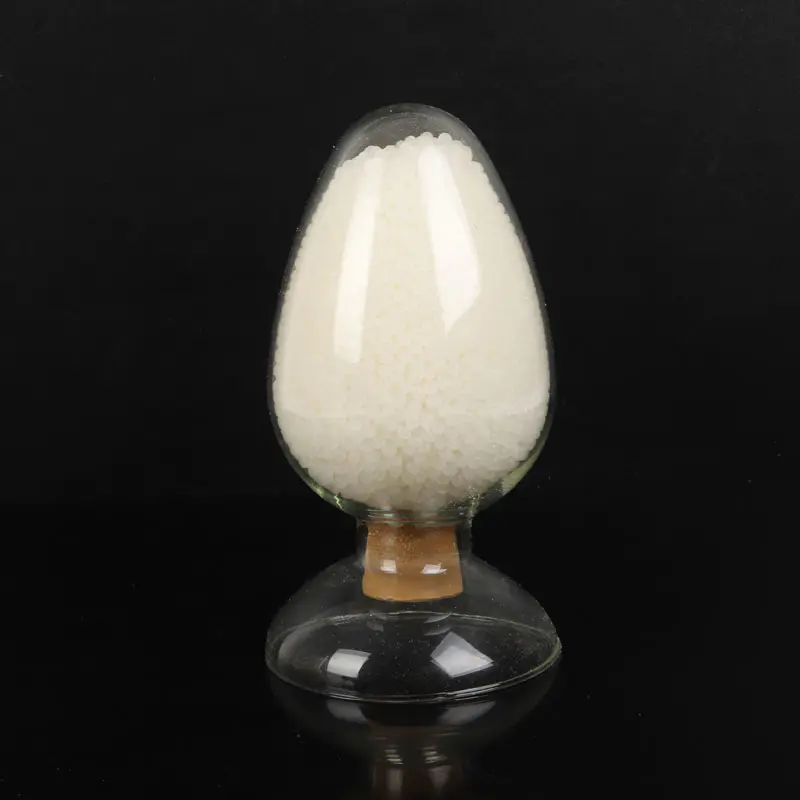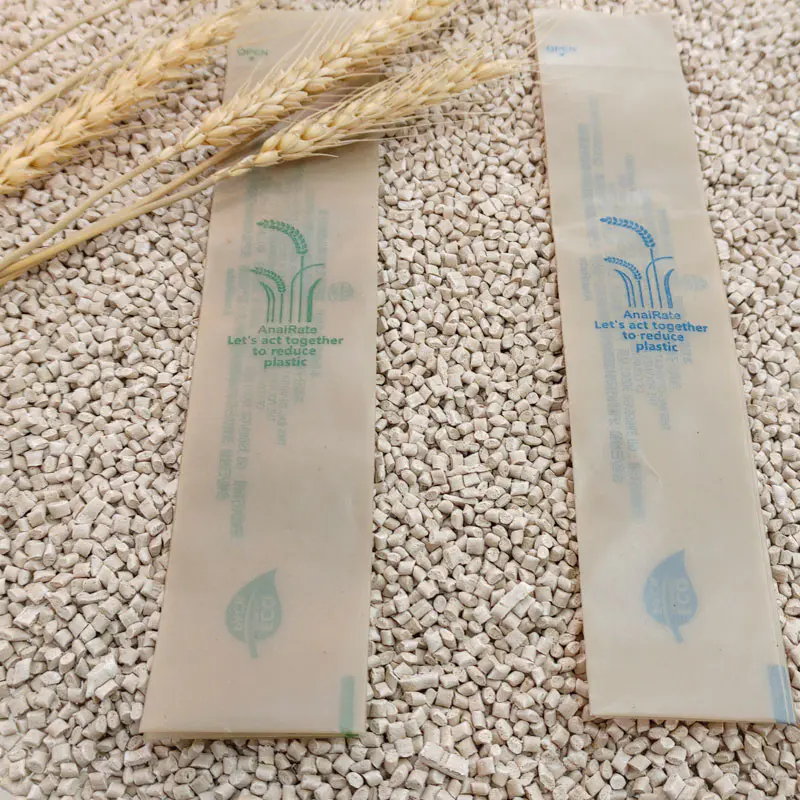What is the difference between bio-based plastics and traditional plastics?
Bio-based plastics and traditional plastics have significant differences in material sources, production processes, environmental performance, physical properties and application areas.

Material sources
The raw materials of traditional plastics mainly come from the petrochemical industry, and the production process is more polluting to the environment. The raw materials of bio-based plastics come from renewable resources such as corn starch and cassava starch, and their production process does not cause environmental pollution.
Environmental performance
Traditional plastics have poor environmental performance, are not easy to degrade, and will pollute the environment. Bio-based plastics have good environmental performance, are degradable, and will not pollute the environment.
Production process
The production process of traditional plastics is relatively complicated and requires multiple steps, including polymerization, processing, molding, etc. The production process of bio-based plastics is relatively simple, and only renewable resources need to be processed.
Physical properties
Traditional plastics have good physical properties, such as strength and toughness, but poor heat resistance and cold resistance. The physical properties of bio-based plastics are relatively poor, but they have advantages in heat resistance and cold resistance.
Application areas
The application range of traditional plastics is very wide, and they can be used to manufacture various daily necessities, industrial products, etc.
The application range of bio-based plastics is relatively narrow, and they are currently mainly used to manufacture some short-cycle commodity packaging.
- What Makes Starch-Based Plastic the Future of Sustainable Materials?
- What Makes Straw Fiber Plastic the Future of Eco-Friendly Materials?
- What Makes Bamboo Fiber Plastic the Future of Sustainable Material Innovation?
- Why choose Bio-Based Plastic for Sustainable Materials?
- What are the functions of Sustainable Coffee Grounds Plastic?
- What is the Difference between Sustainable Bamboo Fiber Plastic and Regular Plastic?













